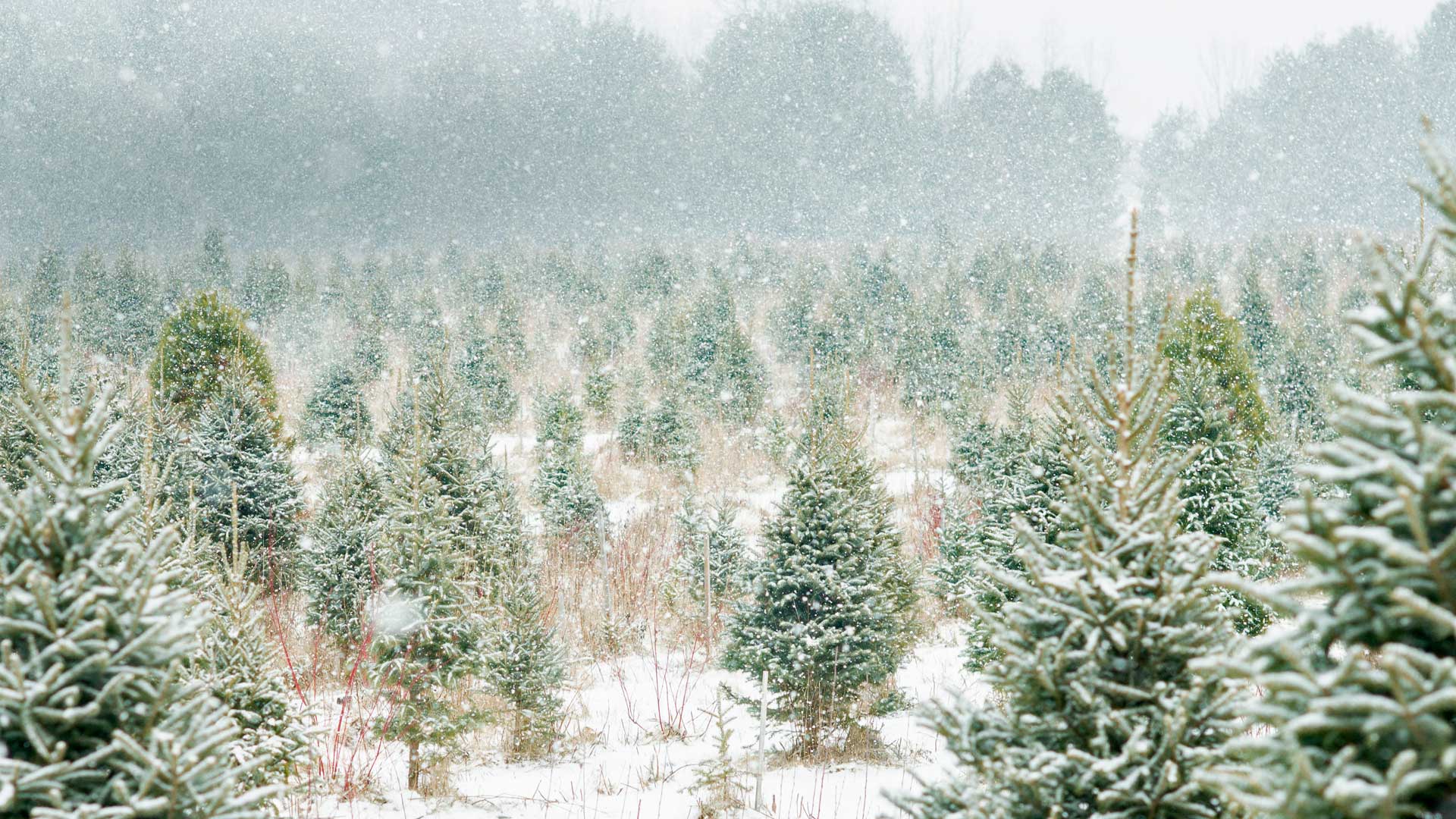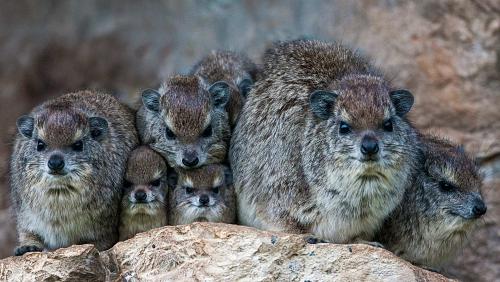Wind power is becoming an increasingly popular and sustainable energy source, capable of producing electricity without producing harmful emissions. Wind tubes are a technology that helps harness the power of wind. These innovative structures have the potential to revolutionize the energy sector and provide a clean, renewable source of energy.
Wind tubes, also known as wind funnels or wind catchers, are large vertical structures that capture and direct wind toward a central turbine. The design of the wind tubes helps accelerate the wind speed, thereby maximizing the power generated by the turbine. This technology is particularly effective in areas with constant and strong winds, making it an ideal solution for wind energy production.
The key element of a wind tube is the diffuser, which is responsible for capturing and accelerating the wind. The diffuser is usually constructed with a wide opening at the base and a narrowing funnel shape that directs the wind toward the turbine at the top. This design ensures that the wind is concentrated and channeled towards the turbine, increasing its efficiency and power.
Additionally, wind tubes can be designed to look aesthetically pleasing and blend seamlessly into the natural landscape. This aspect is particularly important when considering the environmental impact of wind projects. By integrating wind tubes into the surrounding environment, the visual impact is minimized, making it more attractive to local communities and stakeholders.
The potential applications of wind tubes are broad, ranging from large-scale power generation to individual residential use. In urban areas, where space is limited, wind tubes can be installed on roofs or integrated into building architecture. This small-scale application has the potential to provide clean energy to individual homes and businesses, reducing reliance on traditional energy sources and reducing carbon emissions.
One of the most important advantages of wind turbines is their ability to produce electricity at lower wind speeds than traditional wind turbines. This means wind tubes can be deployed in more locations, making them a more versatile and accessible option for wind power generation.
Although wind tubes hold great promise for the future of wind energy, there are still challenges ahead. The cost of manufacturing and installing wind tubes is currently higher than that of traditional wind turbines, making them less economically viable in some cases. However, as technology continues to advance and demand for renewable energy increases, the cost of wind tubes is expected to become more competitive.
As the world continues to seek sustainable and renewable energy sources, wind tubes present an exciting opportunity to harness the power of wind in innovative and efficient ways. With the potential to revolutionize the energy sector and provide clean electricity to communities around the world, wind tubes are a promising technology worth exploring further. As research and development continues in this area, we can expect to see an increasing number of wind tubes contributing to a cleaner, more sustainable future.







